Palakkad – The Extraordinary under the façade of the Ordinary
Palakkad, Kerala, my Home-town
Palakkad (or Palghat as it was called earlier) is a small town in Kerala state of Southern India. It is a non-descript town with no pretensions to grandeur or historical significance. Naturally beautiful and simple, it boasts of a quiet, simple, laid-back life. It is my home town. And I love it.
My village is a small one in this district. I hadn’t given much of thought to traveling around here. Leave alone exploring the hidden nooks, corners and history here… After all, it is the place one went to every year from early childhood… And the fact is the time spent there passes in a flash with the many social commitments and other chores to be done. What is it they say in Hindi about the chicken at home being akin to lentils? Ghar ki murgi dal barabar…
Last month I was forced to spend quite some time in Palakkad, doing nothing but staying cooped up at home. I had to quarantine for a couple of weeks when I went there during the Covid-pandemic times to visit my mother. For me, Palakkad (and my village) is all about the simple life. And somehow, inextricably, the coconut trees and the absolutely gorgeous sunsets viewed through the trees…
I can never have enough of it – it is that beautiful… But, in my state of isolation in the midst of fabulous natural beauty, I decided to look up the history of Palakkad to figure if there was some hidden quirk.
Surprisingly, there were many… I stayed back to check out some of them. Take a look… I’m sure you will be surprised. For instance, did you know that Palakkad and Madagascar have a shared history?
Well, there is a connect. Let me tell you the story…
The link between Palakkad and distant Madagascar
The Past
In the hoary past, before life began on Earth, this planet was a steaming cauldron. Possibly of metals like iron… and steam floating above. When the moon was so close that the day was 6-7 hours long… And then it all settled down to form the seas and the land. And then the land masses crashed into each other, floated around, broke apart and inexorably reshaped itself into the shape we see now…
India in the Past
India was very much in the midst of all this action. The southern part, Jambudweepa. In fact, experts say that the Indian sub-continent, Africa, Sri Lanka, Madagascar, Antarctica, Australia and New Zealand were all one solid mass. Think of it – you could actually walk up to Australia for a beer at the beach once! Of course, there was probably neither beer nor even humans around then… 😉
They possibly draw this inference from the similarity in the kind of rocks and minerals on these distant lands, the flora and the topography. Like the pieces of a jigsaw puzzle that fit into each other snugly.
And now for the clincher – The Western Ghats with the Palakkad Gap fits perfectly snugly with a range of mountains and a corresponding gap in Madagascar!
The technicalities
Gunnel and Harbor wrote on this subject and published in the Journal of the Geological Society of India (2008). The article by the way, is titled “Structural Underprint and Tectonic Overprint in the Angavo (Madagascar) and Western Ghats (India) – Implications for Understanding Scarp Evolution at Passive Margins”. Did you understand the title? I didn’t, though it seems like English…
Not surprisingly, I didn’t understand most of the technicalities in the full article either. I will spare you the technical details and give you a translation in plain English… 😊
The breaking apart of Madagascar from India
There is a small gap in the Western Ghats between the Nilgiris and Anamalai ranges. This is between the towns of Coimbatore and Palakkad. This gap is called the Palakkad Gap. This piece of coast and the Eastern coast of Madagascar were once apparently one mass of land. The Angavo Entrapment in Madagascar and the Palakkad Gap fit perfectly! That’s around 5000 kms away!
Madagascar remained attached to India as part of the Dharwar Craton rocks. And then a major underwater volcanic eruption happened. This is the Marion Hotspot. The land was torn asunder and the flowing lava kept widening the gap to what it is now… The Angavo Entrapment matched the Western Ghats geologically. And the Ranotsara Gap in Madagascar matched the Palakkad Gap! This is why the plant and animal life in Madagascar resemble the Indian ones more than the ones in Africa…
The Palakkad Gap is where the land broke off! I suddenly have new respect for my hometown as having played a significant role in formation of the world!
This Gap is about 30 kms from my village… and I have passed through it hundreds of times. Without realizing its significance…
The Palakkad Gap now
This is a low mountain pass and the gateway to Kerala from Tamil Nadu. It connects the towns of Coimbatore in Tamil Nadu and Palakkad in Kerala. It has an elevation of around 150 meters and a width of 25-30 kilometers. By the way, the check post that controls movement of vehicles here is called Walayar – perennially crowded and a perpetual pain for vehicles passing through, given the narrow stretch.
The scenic beauty is not in the least due to the Bharatha Puzha river that originates here and flows down the hills en route to the sea in the distance.
The Significance of the Palakkad gap
In history and trade
This Gap has played a big role in the politics and population of the state of Kerala. From the 3rd century BC to the 13th century AD, this Gap is how human migration happened from other parts of South India. The Cheras ruled this region from Karur in Tamil Nadu because of this Gap. This is also the route the Tamil brahmins took when they came in from Tamil Nadu and made the cultural fabric of Palakkad different from the rest of Kerala – even the language… It is a vital cog in the wheel of trade in the region, linking the eastern and western coasts of the Indian peninsula.
In weather
The Palakkad Gap impacts even the weather of South India. This is the gap through which the South-west monsoon winds pass into the state of Tamil Nadu, bringing the much-needed rains and cooling the place down. On the other hand, it allows the warm winds from Tamil Nadu to make the eastern part of Kerala warmer than the rest (and hence the impact on agriculture). This also allows access to the cyclone winds from the Bay of Bengal bearing rain.
The granary of Kerala
Due to this cross ventilation in a sense, the climate is pleasant for most of the year. The summers can be unbearable due to the heat though. But, lots of rainfall, many rivers (as many as eight of them) and dams. And hence, this is fantastic for agriculture. That is why Palakkad is the largest producer of rice in Kerala and hence is called the granary of Kerala. It has close to 150,000 hectares of forest land including the famous Silent Valley.
Why the name Palakkad
There is a lot of debate and disagreement on this. Some say it is because this was once a land with lots of ‘Pala’ (Alsteria Scholaris) trees. So much so that it was a forest of these trees. Hence it was once called ‘Palakattussery’ and then ‘Palakkad’ meaning ‘Pala tree forest’ in Malayalam (the local language).
There is another reason that is attributed by some. There is an ancient Jain temple in Palakkad. The language of that ancient faith was Pali and hence the name Pali Ghat or Land of the Pali language.
The History of Palakkad
Not much is known about the history of Palakkad. Archeological findings in the region suggest that it was inhabited during the Paleolithic age. The Perumal dynasty ruled Palakkad in the 1st century AD. Then came the small chieftains – the Valluvakonathiri, the Kollengodu Rajas and the Sekhari Varma Rajas of the regions of Valluvanad, Vengunad and Palakkad. The Pallavas of Kanchi also tried to capture this region, possibly in the 2nd or 3rd century. It has been a series of small skirmishes, wars and changes in rulers. In fact, there is mention of a major war between the king of Palakkad and the invading King of Kongunadu at Chittur in the 10th century. This victory is still celebrated in Palakkad, by the way!
The Zamorins of Calicut were regular invaders. In 1757, the King sought the help of the King of Mysore, Hyder Ali, against the Zamorin. Hyder Ali gladly obliged, defeated the Zamorin and proceeded to annex Palakkad to his kingdom. His son, Tipu Sultan then became the ruler.
In the Anglo-Mysore wars, Tipu lost to the British and thus Palakkad passed on to the British. They made it a part of the Madras Presidency. Palakkad remained part of the Madras state till 1956. That is when Kerala as a state was formed – and Palakkad became a part of Kerala.
Must visit Places in Palakkad
Many, many, places of interest in and around Palakkad for one to visit. Here are a few:
Nature
- Silent Valley National Park, famous for its evergreen, pristine nature and huge trees. This is untouched forest, well protected by conservation efforts, and strangely, no chirping of birds! Hence the name Silent Valley. This is about 80 kms from Palakkad town.
- Malampuzha, the Vrindavan of Kerala. 10 kms from Palakkad, this is fabulous natural beauty at its natural and man-made best – mountains, rivers, dams, flowers and fountains. And, to cap it off, an aquarium, snake park, amusement park, rock garden, toy train, watersports, boating, etc.
- Nelliyampathy Hills, for a cool break in the mountains with trekking and nature, about 75 kms from Palakkad. Lots of viewpoints here for photography enthusiasts – places like Seetharkundu, Maanparai, etc.
- Meenkara Dam, constructed across the Gayatri river, a tributary of the Bharathapuzha (Nila) river, is a lovely spot for a day trip.
- Dhoni, less than 20 kms from Palakkad, is ideal for trekking with a waterfall and thick forest.
- Meenvallam, the origin of the Thuppanadu river, forms a 10-step waterfall about 40 kms from Palakkad.
- Siruvani reservoir and dam at a distance of about 48 Kms from Palakkad.
Wildlife
- Peacock Sanctuary, with lots of, you guessed it, peacocks… 😉 is about 30 kms from Palakkad.
- Smriti Vanam at Walayar is a forest area where safaris and wildlife spotting can be done.
- Parambikulam, a wildlife sanctuary with rare wild animals, boating, fishing and pristine forest, is around a hundred kilometers away from Palakkad.
History and Culture
- Palakkad Fort, the historic 18th century fort built by Hyder Ali, father of Tipu Sultan, still stands tall in the heart of Palakkad town. Excellently maintained, this is a place of wonder for history-lovers.
- Killikurussimangalam at Lakkidi near Palakkad, is an old residence, maintained as monument by the Government. It was the birthplace of the 18th century poet, satirist and founder of the local art form of Ottamthullal from the region – Kunchan Nambiar.
- Attapaddy is a forest area with quite a few tribal settlements like the Irulas and Mudugars. A place to immerse in tribal culture and traditions. This is less than 100 kms from Palakkad.
- Gramam of Palakkad is an ancient settlement of Tamil Brahmins here. This covers the areas of Kalpathy, Kumarapuram, Ramanathapuram, Ambikapuram and Chokkanathapuram in Palakkad. A few families staying here still follow the Tamil Brahmin customs (verbally passed down through generations).
- Jain Temple at Jain Medu, Palakkad, is just 3 kms from the town center. Locals say that it was built by a Jain head of Palakkad called Inchanna Satur. He built it around 5 centuries ago in honor of the Jain sage, Chandranathaswamy. There are idols of Chandranathaswamy, Vijayalaxmi, Jwalamohini, Rishabhanathan and the Parswanathan, all set in the simple, elegant, Jain style. Once, there was a Jain population here of about 400 families – that has reduced considerably now.
Temples
- Vadakkanthara Temple is on the way to the Jain Temple in Jain Medu. The legend is that Kannagi, the Goddess who burnt the city of Madurai, rested here under a fig tree. The idol that formed here had no roof and hence the name Thirupurakkal Bhagavathy.
- Manapullikaavu is a famous 8th century temple that houses a Swayambhu (self-manifested) idol of the Goddess.
- Kalpathy Agraharam is a preserved old-time Brahmin village in the middle of the town. It is the ‘first Heritage Village’ of Kerala and as such protected in terms of traditions. It has the 15th century Vishwanatha Swamy Temple.
- Kumarapuram Temple, once a center for Vedic learning, is a lovely temple on the banks of the Bharatapuzha river.
- Emoor Bhagavathy Temple or Kallekulangara Bhagavathy Temple is a Goddess temple. The locals worship the Goddess in 3 forms – as Saraswati in the morning, as Lakshmi in the afternoon and as Durga in the evening. The legend is about the Goddess appearing before a holy man and giving a glimpse to the people of the palm of her upraised hand. The locals say that the Indian politician and former Prime Minister, Mrs. Indira Gandhi visited this temple before she formed her own Congress (I) political party. Hence, her party symbol of the palm…
- Thiruvalathoor Shiva Temple about 6 kms from town is a lovely old Shiva temple. You can see the biggest ‘Mizhavu’ (an instrument used in the art forms of Chakyarkoothu and Kudiyattom) here.
Some of the interesting festivals
And just in case you are in time for any of the below festivals, try and attend… The pomp and gaiety on display here is altogether something else …
- Kalpathy Rathotsavam, the Chariot procession at the Vishwanatha temple in November
- Vela at Manappulli Kavu, the Bhagavathy temple, in March
- Nenmara Vallengy Vela, the harvest festival in the Nellikulangara temple, with elephants, music, dance and fireworks. This is for a 10-day period in February or March
- Pattambi Nercha, a Muslim festival in honour of Saint Aloor Valia Pookunjikoya Thangal
- Kanniyarkali, an art form, that locals perform in temples in March or April
When to visit Palakkad
Avoid the summers – the heat can be unbearable. You can go during the monsoons (June to August) if you like the fresh, green beauty. September to February is possibly the best time to visit…
Getting to Palakkad
This is fairly easy. The nearest airport is Coimbatore, about 60 kms away. Regular flights connect Coimbatore with most other cities in India.
Palakkad has two train stations. This is the entry point into Kerala. Hence, there are train services to almost all parts of India.
The road access is fantastic in this region. Regular bus and taxi services are available in Palakkad to connect with most parts of South and West India.
Palakkad – The extraordinary in the ordinary
Palakkad camouflages the extraordinary beneath a facade of ordinariness don’t you think? It hides a treasure trove of fascinating stories, legends and places. So do most forgotten, small, non-descript towns.
Fascinated by this back-story about a less-visited and easily-forgotten town like Palakkad in Kerala? Think about any other such town that you know of. Maybe your home town itself… Do some research – you will come up with lots of interesting stuff, I assure you. Folks have written a lot on the large cities. And ignored the smaller ones…
In case you are feeling lazy, write to me with your town/ area name. And a bit of a heads up. I will do the rest – unearth some facts for you and do a write-up on it… Write to me at [email protected]. Or comment in the section below.
In case you wish to look at some of the less-visited areas of the world, check out Beyonder Experiences.

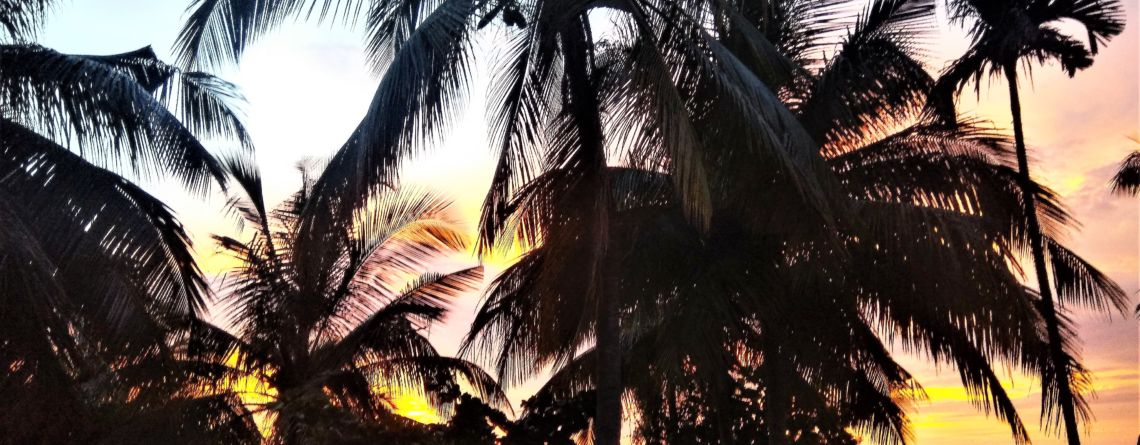
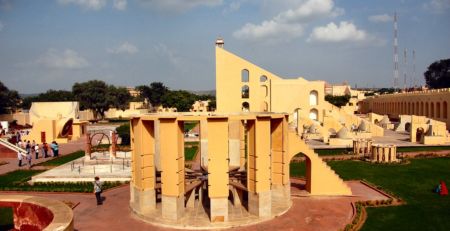
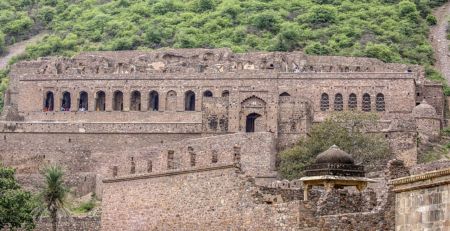
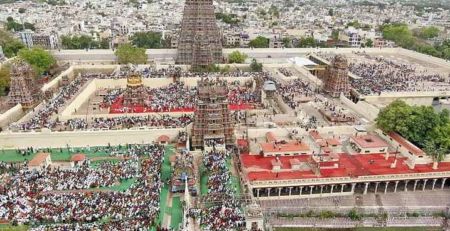
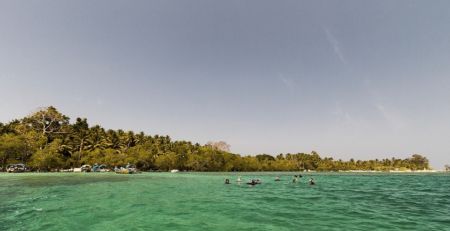

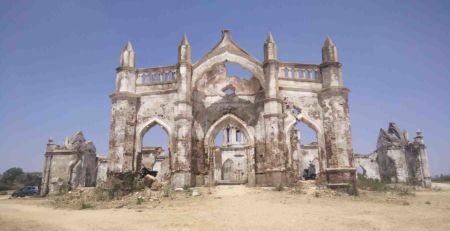
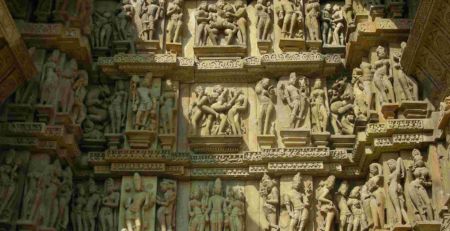
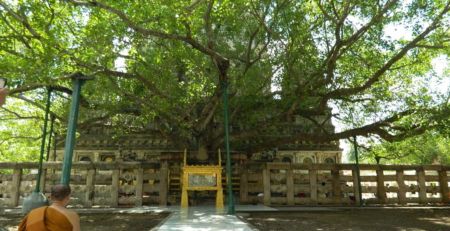

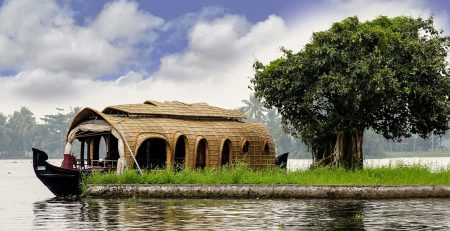
Comments (2)
Thank you Anand with your detailed write up on Palakkad.
Hi Anand, your detailed write up on Palakkad was very interesting. One important part of Palakkad, Ottapalam, which again is culturally very rich, has not been given its due, however.